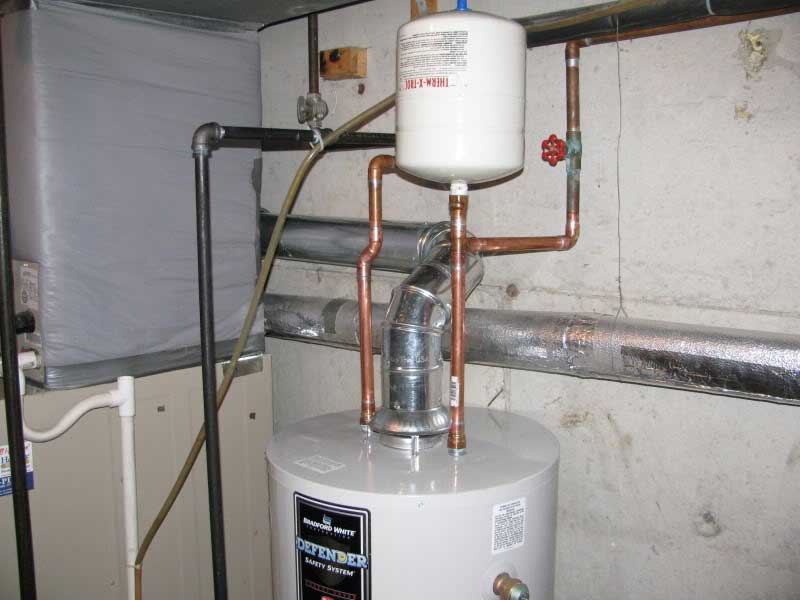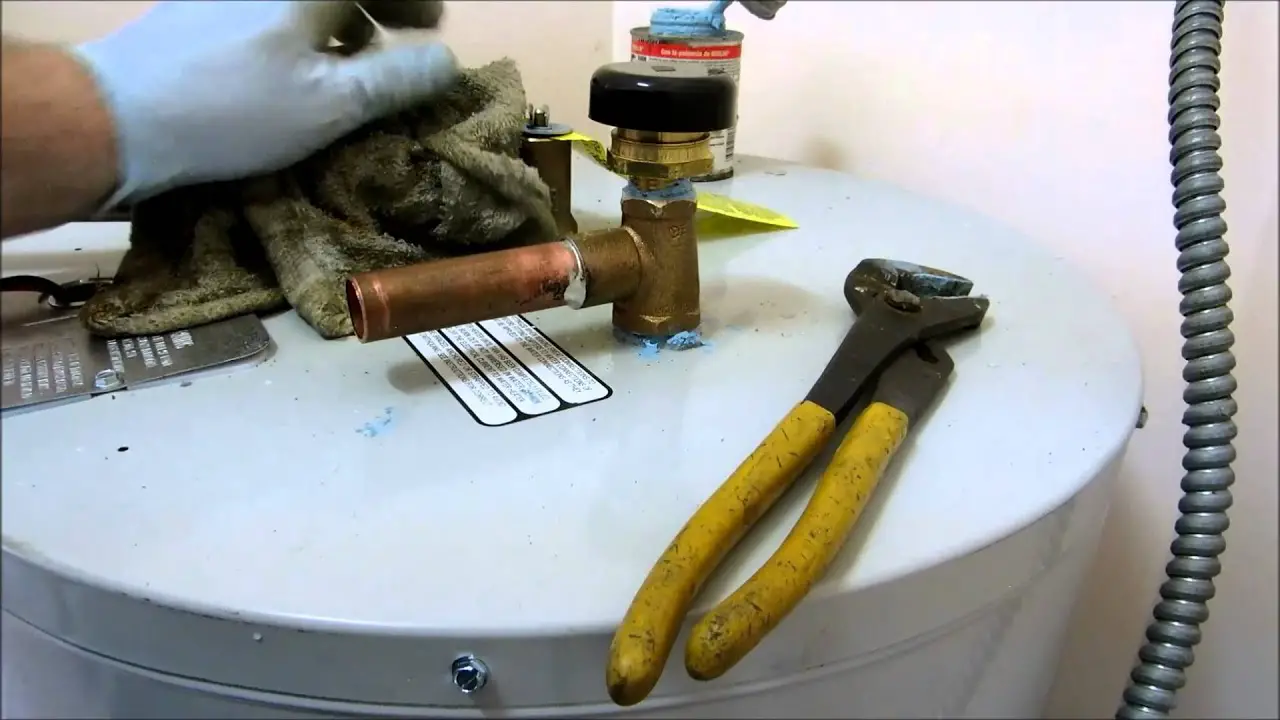A hot water heater vacuum breaker is a device that helps prevent your hot water heater from becoming a breeding ground for bacteria. It is a simple device that is installed between the water supply and the hot water heater. The vacuum breaker allows water to flow into the hot water heater but prevents it from flowing back out.
This prevents bacteria from being able to grow in the hot water heater.
If you have a hot water heater, you may need to install a vacuum breaker. This will help to prevent the water in the heater from being sucked back into the municipal water supply. It’s a simple process, but there are a few things you need to know before you start.
First, you need to find the right location for the vacuum breaker. It should be installed near the top of the hot water heater, on the inlet side of the unit. Make sure that it is at least six inches above the highest water level in the heater.
Next, you need to shut off the power to the hot water heater. This is usually done at the circuit breaker box. Once the power is off, you can disconnect the inlet water line from the heater.
Now, you can install the vacuum breaker. There are two types of vacuum breakers, so be sure to get the right one for your hot water heater.
40 gallon electric water heater replacement from start to finish
Where do you put a water heater vacuum breaker?
Assuming you are referring to a pressure vacuum breaker (PVB), they are typically installed on the discharge side of the pump, before the water enters the irrigation system.
How do you install a vacuum breaker?
A vacuum breaker is a device that is installed in a plumbing system to prevent the backflow of contaminated water into the potable water supply. There are many different types and sizes of vacuum breakers, so it is important to select the correct one for the application. The most common type of vacuum breaker is the atmospheric type, which is installed on the discharge side of a pump or other equipment.
When the equipment is turned off, the atmospheric type vacuum breaker prevents contaminated water from flowing back into the system.
Is vacuum relief valve required for water heater?
If you have a water heater, you may wonder if a vacuum relief valve is required. This valve is designed to release pressure that builds up in the tank. It also prevents the tank from imploding.
Without this valve, the pressure could build to a dangerous level and cause the tank to rupture.
The vacuum relief valve is usually installed near the top of the water heater. It is important to check the valve regularly to make sure it is working properly.
If it is not working, the pressure could build up and cause the tank to explode.
If you are not sure if your water heater has a vacuum relief valve, you should contact a plumber. They will be able to check the tank and install the valve if necessary.
See also: How High Should Baseboard Heaters Be Off The Floor
What does a vacuum valve do on a hot water heater?
A hot water heater uses a vacuum valve to help regulate the amount of water that is heated. The valve is opened when water is needed and closed when the water is not needed. This helps to keep the water heater from overheating and wasting energy.

Credit: terrylove.com
Water heater vacuum breaker location
If you have a water heater in your home, it’s important to know where the vacuum breaker is located. The vacuum breaker is a safety device that prevents water from being drawn back into the water heater. If water is drawn back into the water heater, it could create a vacuum and cause the water heater to explode.
The vacuum breaker is usually located near the top of the water heater. It’s a small device that looks like a valve. If you can’t find the vacuum breaker, you can usually find it in the owner’s manual for your water heater.
If you’re not sure how to locate the vacuum breaker, you can always call a plumber. They’ll be able to help you find it and make sure it’s working properly.
Vacuum relief valve water heater diagram
If your home has a water heater, chances are it has a vacuum relief valve. This valve is an important safety feature that helps prevent dangerous vacuum conditions from developing in the water heater. A vacuum can form in the water heater if the water level in the tank drops below the level of the inlet pipe.
This can happen if the water heater is turned off for a long period of time, or if there is a leak in the tank.
When a vacuum forms, it can cause the water heater to collapse. The vacuum relief valve is designed to open and release the vacuum, allowing air to enter the tank and equalize the pressure.
This prevents the water heater from collapsing and keeps your home safe.
The vacuum relief valve is usually located near the top of the water heater. It may be mounted on the side of the tank or on the top.
If you’re not sure where it is, consult your water heater’s manual or the manufacturer.
Where should a vacuum relief valve be installed
A vacuum relief valve should be installed on the suction side of the pump, between the pump and the tank.
Conclusion
If you have a hot water heater, then you need to have a vacuum breaker installed. A vacuum breaker is a device that prevents water from being siphoned back into your water heater. Without a vacuum breaker, your water heater could become damaged or even break.
Installing a vacuum breaker is a relatively easy process. First, you need to turn off the power to your water heater. Next, you need to find the cold water inlet pipe.
This is the pipe that brings cold water into your water heater. Once you have found the cold water inlet pipe, you need to find the vacuum breaker. The vacuum breaker is usually located near the top of the water heater.
Once you have found the vacuum breaker, you need to remove the cap from the inlet pipe. After the cap is removed, you need to screw the vacuum breaker into the inlet pipe.
You Can Also Read:

